The negotiation, signing and ratification of the Land Border Treaty between Vietnam and China is an event of historical significance; an important step in creating a peaceful and stable environment for national development.
A quarter of a century has passed since the signing of the Land Border Treaty between Vietnam and China on December 30, 1999. The members participating in the historic negotiations, most of them have gray hair, some are no longer there. We, representatives of ministries and provinces bordering China... participating in the negotiations still retain unforgettable memories of those really tense days... 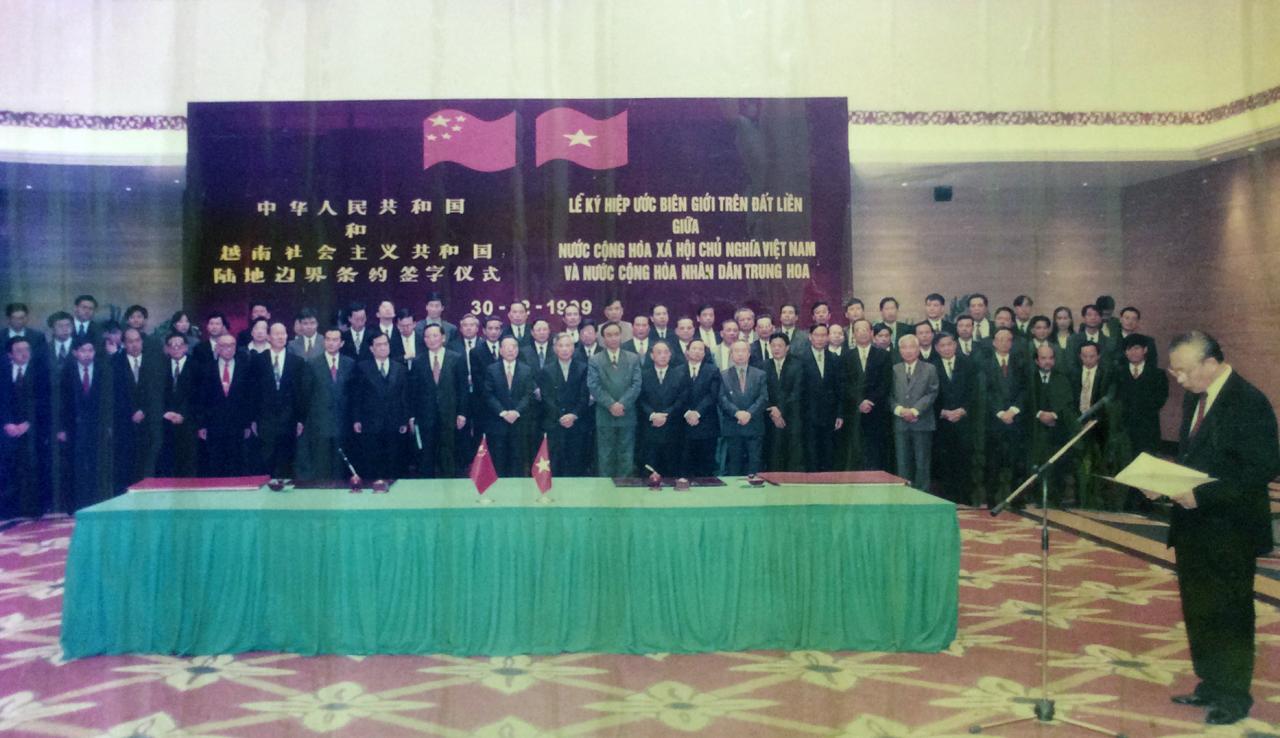


Signing ceremony of the Vietnam-China Land Border Treaty on the afternoon of December 30, 1999. Photo: provided by the author
One of the longest and most complicated negotiations After the founding of the People's Republic of China in 1949 and the liberation of North Vietnam, the two sides discussed the land border issue several times. In November 1957, the Central Secretariat of the Vietnam Workers' Party (now the Communist Party of Vietnam ) sent a letter to the Central Executive Committee of the Communist Party of China, emphasizing: "The national border issue is an important issue that needs to be resolved according to existing legal principles or redefined by the governments of the two countries; it is absolutely forbidden for local authorities to negotiate with each other to re-establish landmarks or cede land to each other." This is a policy in accordance with international law and practice, ensuring respect for the historical border line as determined by the two Franco-Qing Conventions of 1887 and 1895 and which has been demarcated and marked. In April 1958, the Central Committee of the Chinese Party responded in agreement. Later, in negotiations, both sides reaffirmed that agreement. However, the Sino-French Convention was implemented more than 100 years ago, with the technical conditions at that time, as well as changes in nature, politics and society in each country, the two sides had different perceptions of the border in some areas, leading to disputes, collisions... causing border instability. Therefore, negotiations to resolve the border issue and sign a new border treaty were very necessary. This was a very important strategic issue to eliminate the constant risk of causing instability to the country's development. In 1974, 1978 and 1979-1980, the two countries conducted 3 negotiations on territorial borders at the Deputy Foreign Minister level but did not achieve any results. Immediately after normalizing relations with China in 1991, we initiated bilateral negotiations to reach a long-term solution to the territorial border issue between the two countries. On November 7, 1991, during an official visit to China, General Secretary Do Muoi and Chairman of the Council of Ministers Vo Van Kiet agreed with Chinese President Jiang Zemin: "The two sides agree to peacefully resolve the existing territorial border issue between the two countries through negotiations." On the same day, the two sides signed a provisional agreement on resolving work in the border areas of the two countries. On October 19, 1993, the two countries signed an agreement on basic principles for resolving the territorial border issue between Vietnam and China. From this point on, the negotiations entered the substantive resolution phase. At that time, we determined - and indeed until now when meeting again - the members of the negotiating delegation still say: This is one of the most difficult, complicated, and tense negotiations. In order to directly negotiate with China, our ministries, branches, and localities have prepared carefully, studied the French - Qing Convention, conducted legal scientific research, and conducted field surveys to draw up Vietnam's proposed border line in the direction that is most beneficial to the country. Compared to the proposed border line that China proposed, there are different perceptions for 289 areas with a total area of 231 km2. The most complicated disputes are 164 areas C - areas with complex disputes or large differences in perceptions or with important economic value. In fact, the Vietnam - China negotiations took place around these 164 areas. Long days of trekking through the mountains and forests, overnight negotiations I was assigned to be the Head of the expert-level negotiation delegation on the land border with China under the direction of the Head of the Government-level negotiation delegation Vu Khoan during the period of intense and dense negotiations. The Joint Working Group on the land border of Vietnam includes department-level officials and experts from the ministries of Foreign Affairs, National Defense, Border, Public Security, Border Guard, Land Administration, Agriculture, and representatives of the leaders of the provinces on both sides of the Vietnam-China border... Before each round of negotiations, the ministries and localities carefully considered all legal bases (minutes, French-Qing maps), old markers planted according to regulations, history, management practices, topographic surveys, population... to make a solution to report to the leaders. Important disputed areas were carefully surveyed many times. I still remember in 1998, the inter-ministerial delegation went to survey area 52C in Nam Chay commune, Muong Khuong district, Lao Cai with the late Minister - Chairman of the National Assembly's Ethnic Committee Giang Seo Phu. The road was mostly dense forest and mountains, many members of the survey team returned "lying on the dirty ground" because they were too tired after a long day of walking. But in return, the delegation discovered that in the overlapping area there was a saddle terrain that was not shown on the map provided by the Chinese side. This was an important basis for Vietnam to protect its plan. In the Ban Gioc waterfall area, the survey team waded the river at least 3 times to determine the main stream... Negotiating on territorial borders is a complicated, difficult and negligent type of negotiation. Negotiators need to have a firm and thorough grasp of the issue, so we have to regularly report to senior leaders, including the Politburo and the Government.
Bilateral patrol of the Vietnam-China border area. Photo: QĐND
From 1993 to 1999, there were 7 rounds of negotiations at the Government level, 16 rounds of negotiations at the expert level, and 3 rounds of the Treaty Drafting Group. The closer to the signing date of the Treaty, the longer and more intense the negotiation rounds were, and the negotiation sessions that took place in one day were also longer. I still remember that many sessions lasted until late at night, and when the negotiation delegation returned to the Embassy to rest, it was 2-3 am, and the streets of Beijing were quiet. We still remember that in the final negotiation round, there were 7 important areas such as Huu Nghi border gate, Ban Gioc waterfall, Bac Luan river mouth... that had not been resolved. The Vietnamese expert delegation kept the original plan and reported to the Government Negotiation Delegation. At the end of 1999, Chinese Prime Minister Zhu Rongji visited Vietnam and really wanted to declare the land border issue with Vietnam resolved. Therefore, the two government negotiation delegations had to meet to resolve it. Mr. Nguyen Ba Cu - who later became the Head of the Vietnamese Representative Office in Taiwan, who acted as an interpreter for that negotiation session, recalled: The negotiations were quite fierce, in some places the two lines drawn by us and China ran parallel to each other, only about 5m apart in reality, but we refused and the Chinese side had to agree to follow our line. Finally, most of the remaining 7 areas followed Vietnam's plan. An important step in creating a stable and peaceful environment Under the close direction of the Politburo and the Government, by the end of 1999, the two sides resolved all areas with different perceptions and determined the direction of the entire Vietnam - China land border. Basically, based on the border line stipulated in the French - Qing Convention, the land was returned to each side, except for a few areas where people had lived on both sides for a long time, maintaining the stability of people's lives to avoid disturbing the population. In general, the total area of areas with different perceptions identified by the two sides is basically equal. On December 22, 1999, on behalf of the Vietnam Joint Working Group on Land Borders, I signed with the Head of the Chinese Working Group Qi Jianguo the Joint Acknowledgment of the results of resolving 164 type C areas (areas disputed or with different perceptions) on the border. On December 30, 1999, Head of the Government Negotiation Delegation, Deputy Minister Vu Khoan, signed the set of maps attached to the Treaty. On the afternoon of December 30, 1999, Deputy Prime Minister and Minister of Foreign Affairs Nguyen Manh Cam and Chinese Foreign Minister Tang Jiaxuan signed the Land Border Treaty between Vietnam and China in Hanoi. This was also the last day according to the agreement between the Vietnamese leaders and the Chinese leaders to resolve the land border. Because this is a Territorial Border Treaty, the National Assembly of the two countries must ratify it before it can take effect. In April 2000, the Chinese National Assembly ratified it. In May 2000, the 10th National Assembly of our country convened. The agenda included discussions and votes to ratify the Treaty. The National Assembly allowed for thorough discussions in each group of delegates. With a high sense of responsibility and a thorough study of the Treaty, the National Assembly delegates raised 3 pages of questions to the Government. I was very surprised when the Government leaders and the Border Committee asked me to testify and answer those questions. Perhaps because I was the one directly negotiating, I could immediately present the issues raised by the delegates in the Hall. After Foreign Minister Nguyen Dy Nien read the report on the Treaty, National Assembly Chairman Nong Duc Manh asked the Government's Border Committee to answer questions before all the National Assembly delegates. Thanks to my firm grasp of the issues during the negotiations and having enough maps on my computer, projector... I fully and clearly explained all the questions raised by the delegates. The hearing lasted for more than an hour and a half. Prime Minister Phan Van Khai attended this session with some concerns at first but was satisfied at the end. National Assembly delegates pressed the button to ratify the Treaty on June 9, 2000. The negotiation, signing and ratification of the Land Border Treaty between Vietnam and China is an event of historical significance; an important step forward in creating a peaceful and stable environment for national development; and strengthening bilateral trade relations. This achievement was due to the responsible efforts of many ministries, sectors and localities bordering China and the timely and correct attention and direction of leaders at all levels towards the sacred territorial border of the Fatherland.../. Dr. Hoang Trong Lap













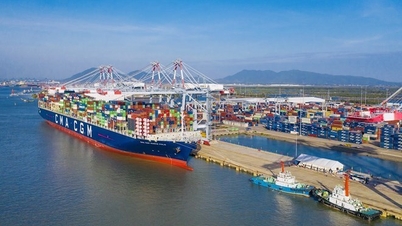

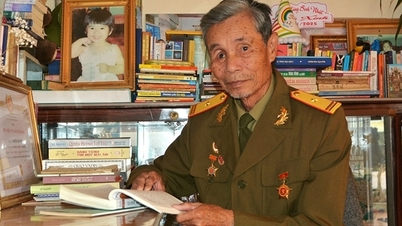

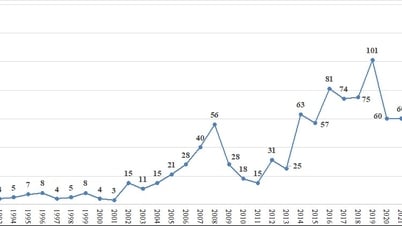

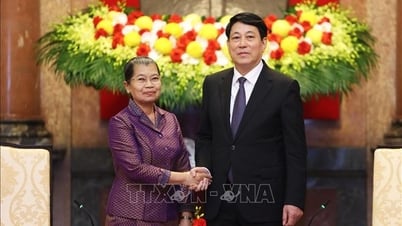

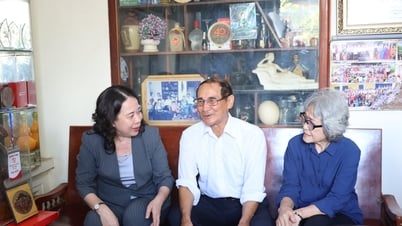


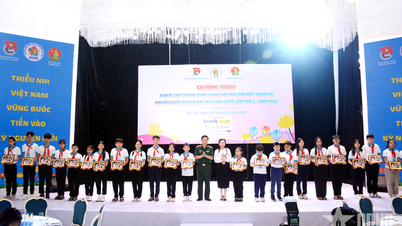
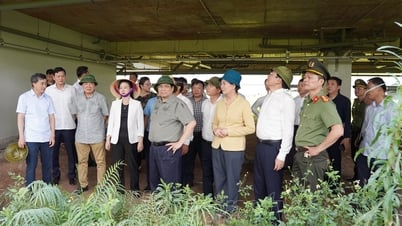





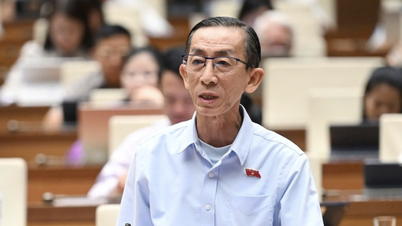



























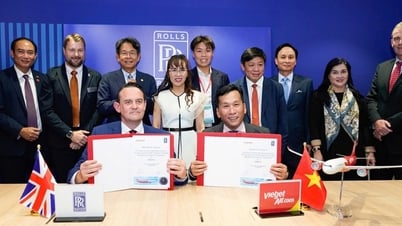

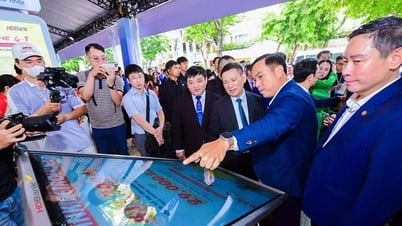















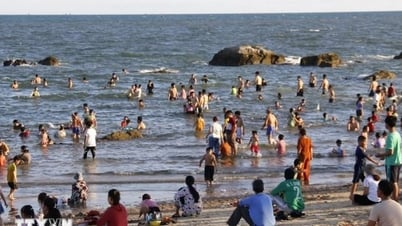
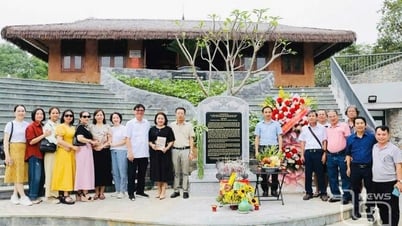

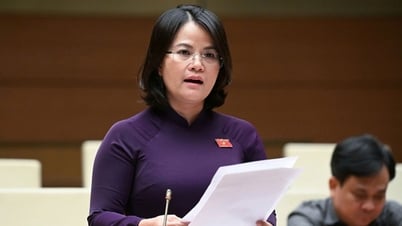

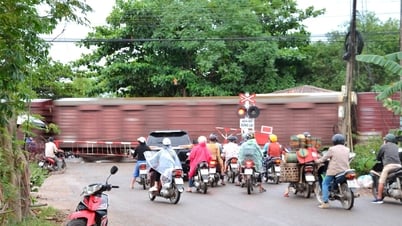

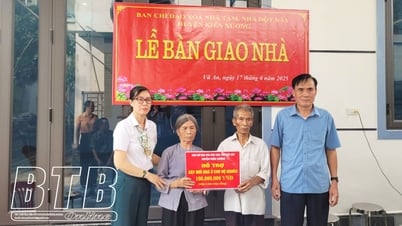

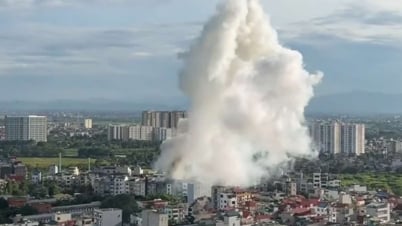


















Comment (0)